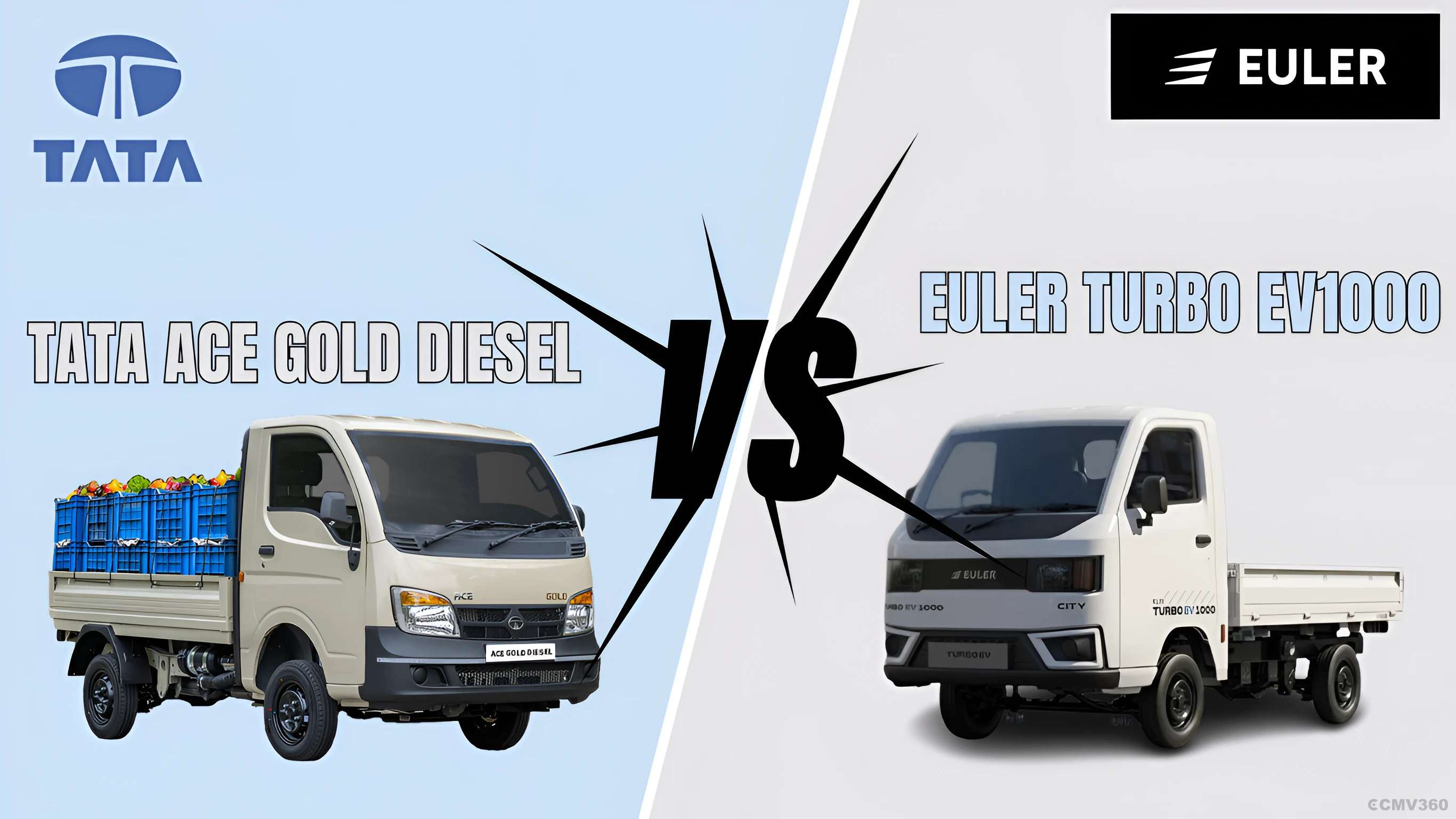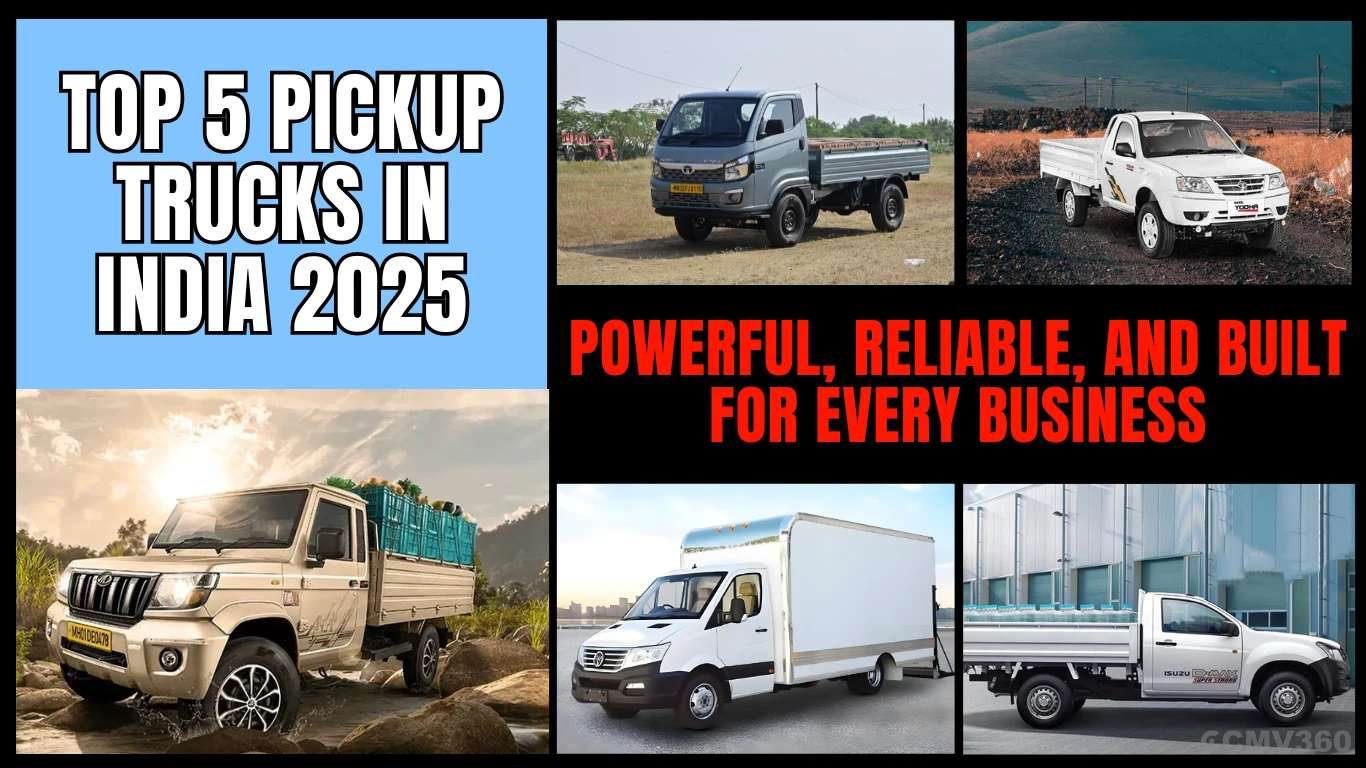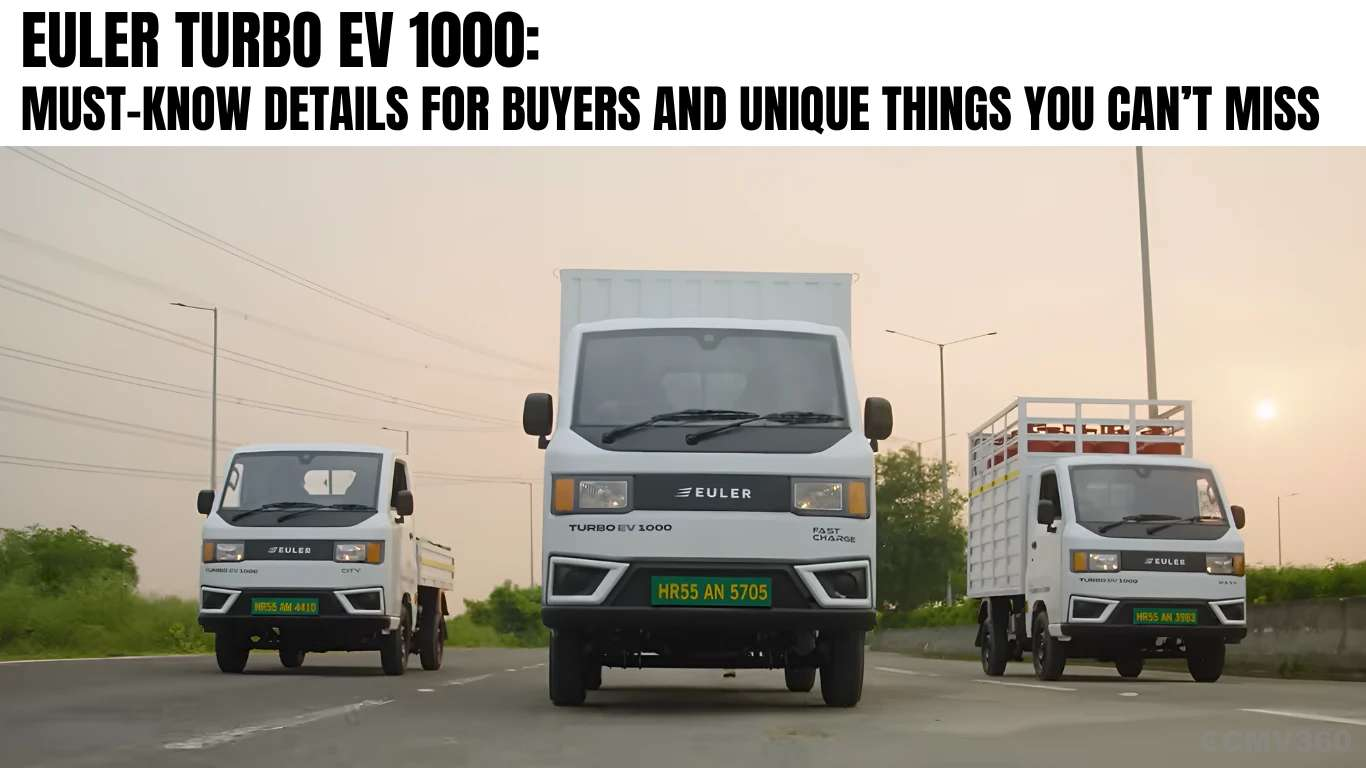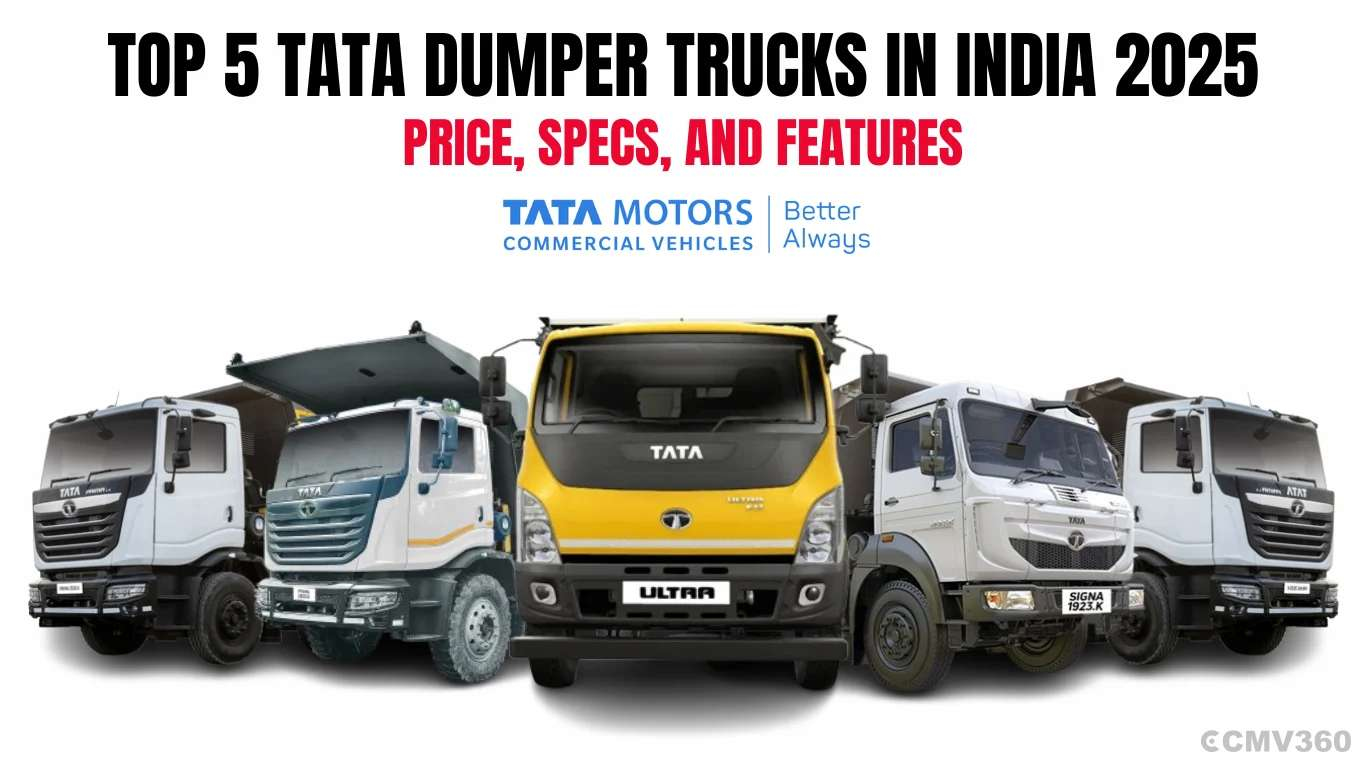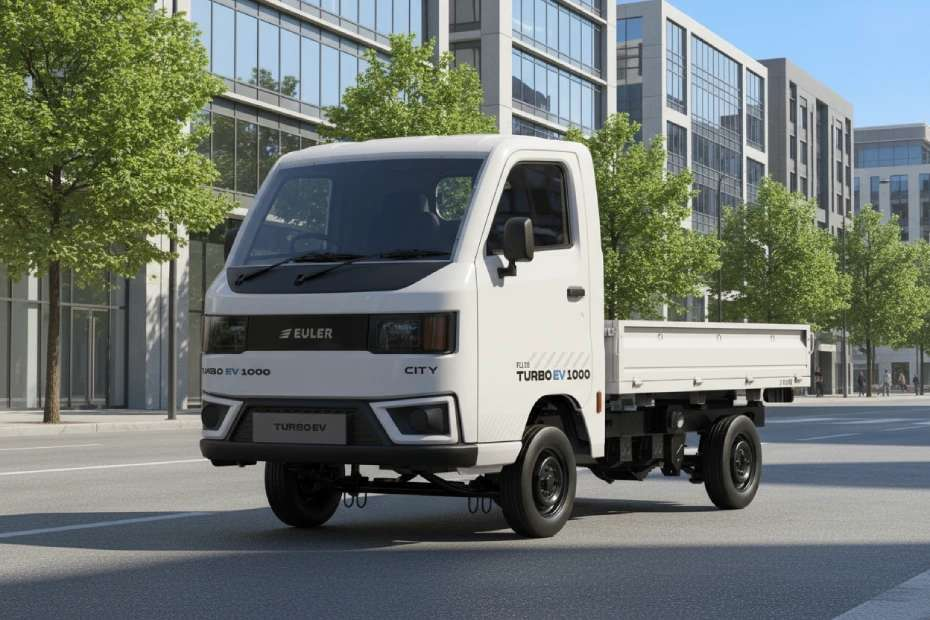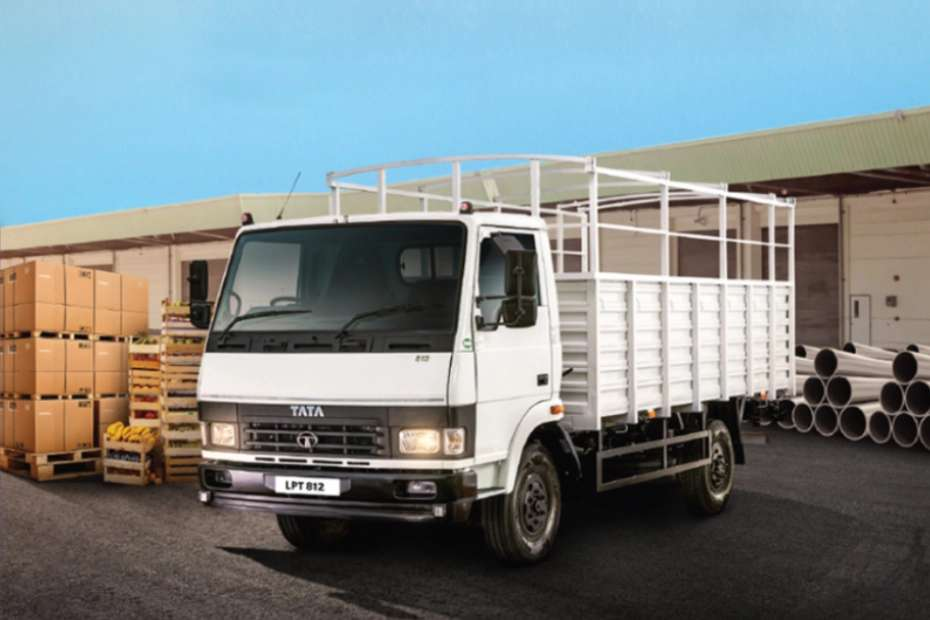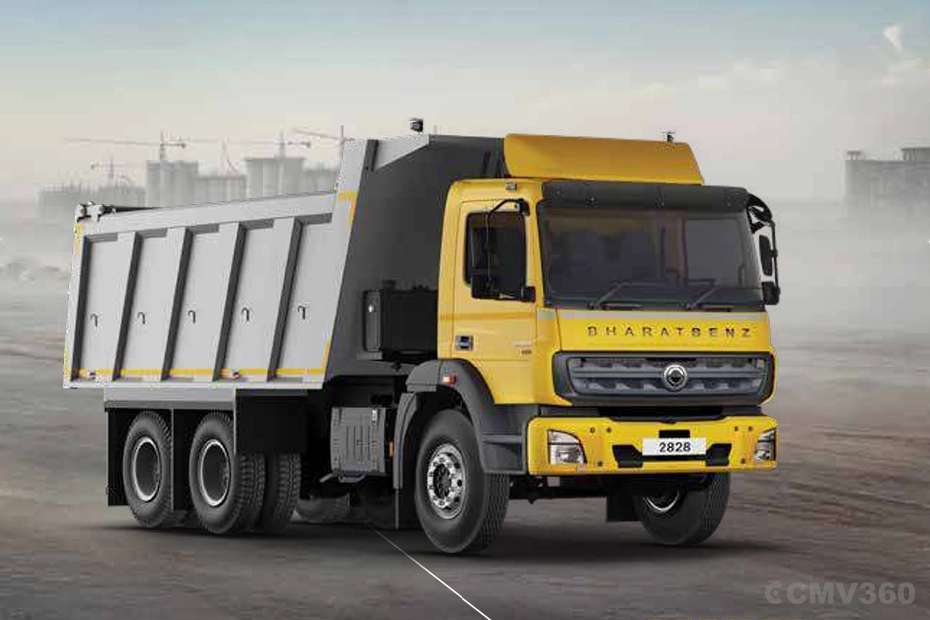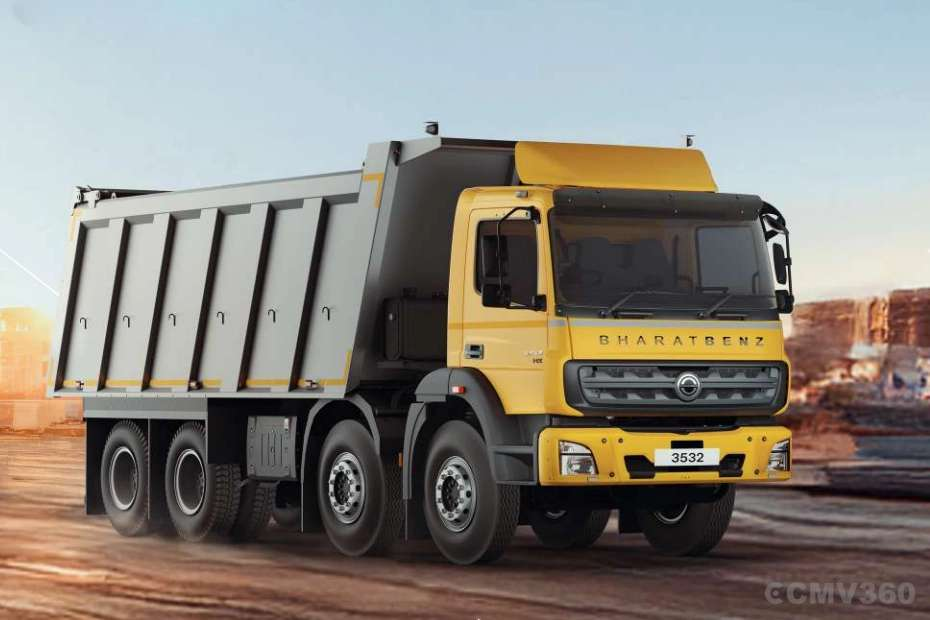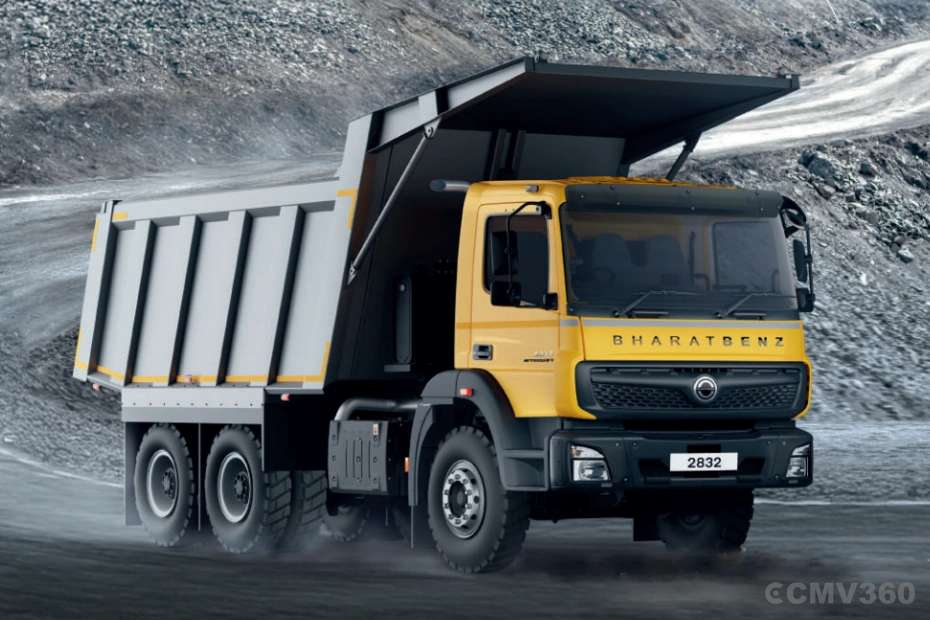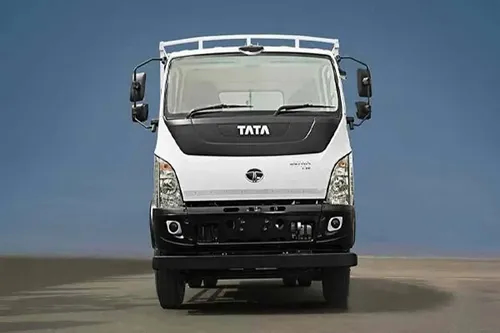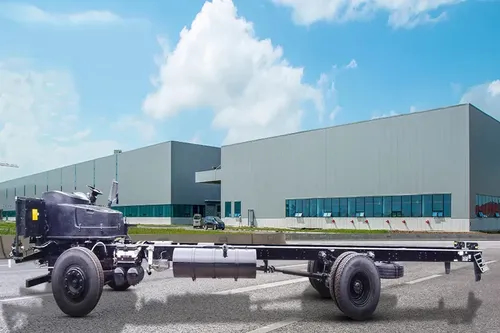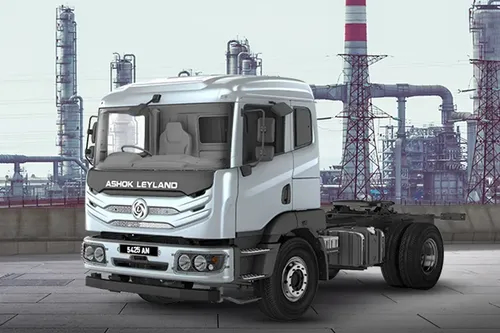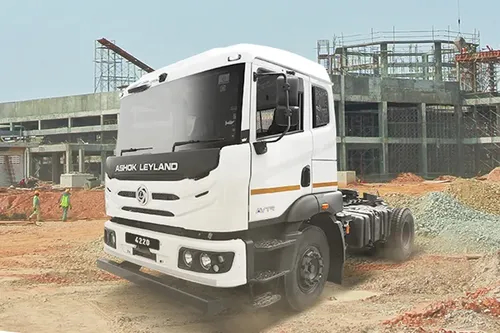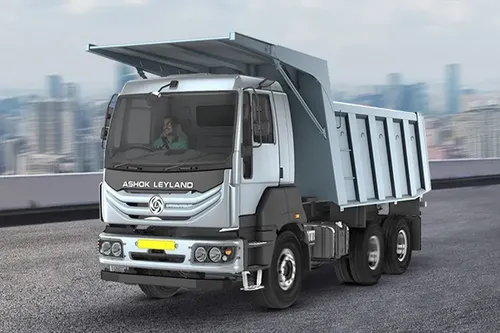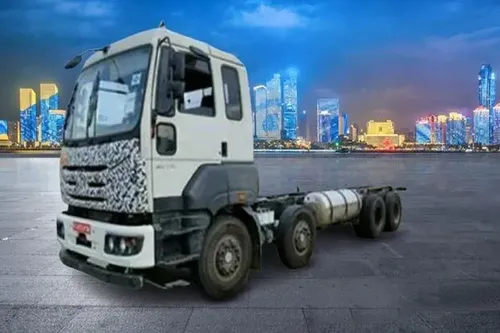Ad
Ad
Your Guide to Electric Vehicle Chargers
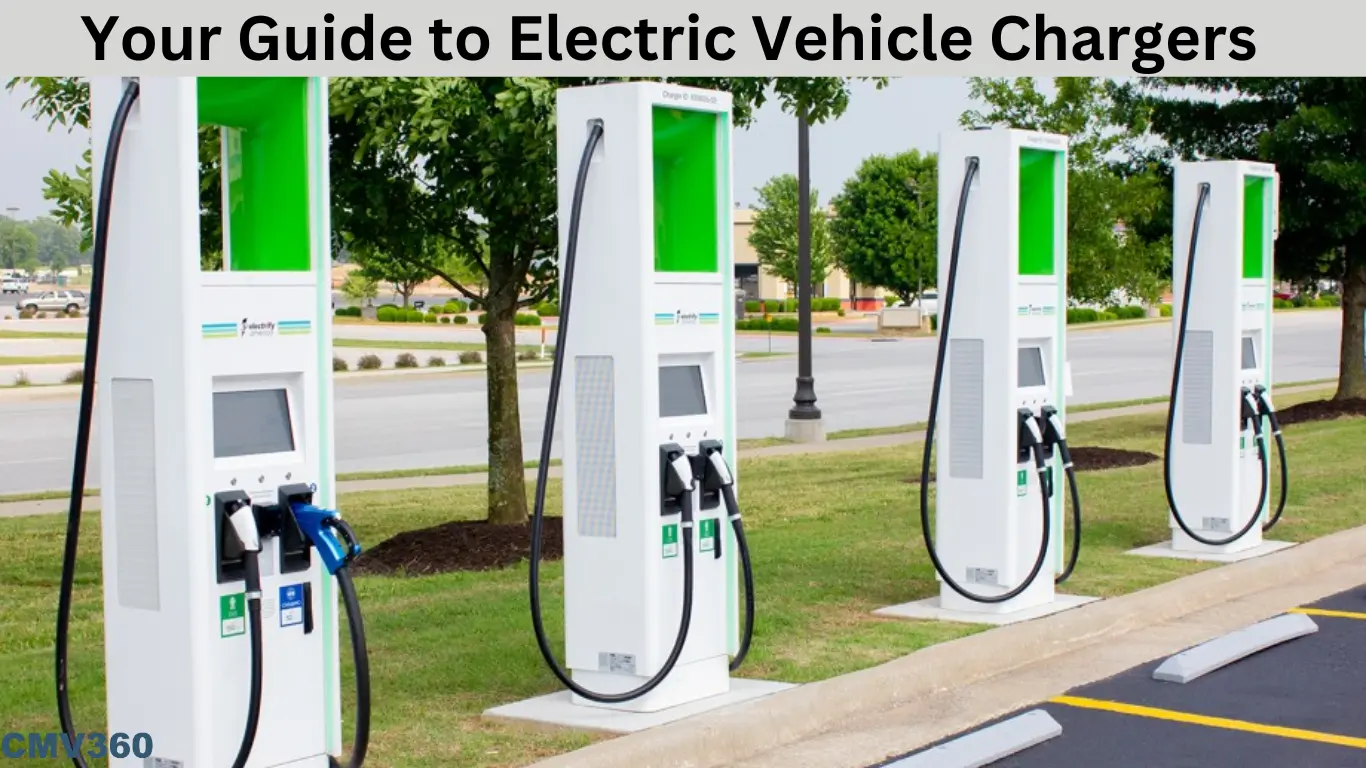
Electric vehicles (EVs) and plug-in hybrids are becoming more popular in India nowadays. As their use grows, understanding the different ways to charge them can be confusing. This article offers a clear overview of EV charging methods available in India, including home, workplace, and public charging options.
In India, EV sales tripled in the previous fiscal year, especially in the two-wheeler (2W) and three-wheeler (3W) categories. The four-wheeler (4W) market also looks promising, with numerous new model launches planned.
Lower total cost of ownership, convenience of use, sustainability, an expanding supplier network, product customisation, and government incentives like the FAME-II scheme are all important drivers of EV adoption and infrastructure growth.
Charging Infrastructure in India
India's charging infrastructure requirements are unique due to the prevalence of 2Ws and 3Ws, which rely mostly on AC slow charging and battery switching. In comparison, 4Ws and buses require both AC and DC charging systems.
Home and workplace charging are projected to prevail for private 2Ws and 4Ws, while commercial fleets will rely on private depots or public charging networks. As the four wheeler EV population grows, DC fast chargers will become increasingly important in fulfilling the rising demand for public charging.
By 2030, India is expected to have over 50 million EVs on the road, with a market size of US$48.6 billion. To achieve a 1:40 ratio of EVs to charging infrastructure, India will need to create around 400,000 chargers every year, totaling 1.32 million charges by 2030.
Government programs such as the Faster Adoption and Manufacturing of Hybrid and Electric Vehicles (FAME) program are critical in promoting EV and infrastructure development. The Ministry of Heavy Industries has approved 2,877 EV charging stations in several states, including 1,576 on 16 highways and 9 expressways.
Furthermore, the Ministry of Housing and Urban Affairs (MOHUA) expects semi-public charging to contribute for 20% of total vehicle holding capacity, with power load requirements for sites.
How to Charge an Electric Vehicle (EV)
Charging an electric vehicle (EV) or plug-in hybrid can be done in three main ways:
- Home Charging Point
- Mains Three-Pin Socket
- Public Charging Station
Home Charging Point
For many EV owners, installing a home charging point is the most convenient and efficient option. These chargers are weatherproof and designed to handle the high energy demands of EVs. They can be installed in a convenient spot at your home, allowing you to charge your vehicle overnight.
Mains Three-Pin Socket
While most EVs come with a charging cable for a standard three-pin domestic plug, using this method is not ideal. Three-pin sockets charge EVs slowly and are not designed for high power loads. For safety and efficiency, it's better to use a dedicated home charging point.
Public Charging Station
Public charging stations are found at workplaces, supermarkets, service stations, and petrol pumps. They offer various charging speeds, but charging at these stations can be more expensive compared to home charging. The number of public charging points is increasing due to legal requirements and growing EV popularity.
Also Read: Benefits of Buying Electric Vehicles In India
Types of Electric Vehicle Chargers
1. Level 1 Chargers
- Level 1 chargers use a standard 120-volt outlet. They are typically used for home charging and are the slowest of the three types.
- Charging Time: Ideal for overnight charging if you drive short distances daily.
- Best For: Home use, especially if you have a low daily mileage.
2. Level 2 Chargers
- Level 2 chargers use a 240-volt outlet and are faster than Level 1 chargers. They are commonly installed at homes, workplaces, and public charging stations.
- Charging Time: Adds about 15-25 miles of range per hour of charging. They significantly reduce charging time compared to Level 1 chargers.
- Best For: Home installation for faster charging or public charging stations where quicker turnaround is needed.
3. DC Fast Chargers (Level 3)
- DC Fast Chargers provide rapid charging by converting AC power to DC power before it reaches the vehicle. They are typically found along highways and in commercial charging networks.
- Charging Time: Can charge an EV to 80% in about 20-30 minutes. Perfect for long trips or when you need a quick top-up.
- Best For: Long-distance travel and quick charging on the go.
Key Factors for Installing an EV Charger
When setting up an EV charger, it's important to address the following factors to ensure effective operation and safety:
Ideal Location: Pick a location that is easy to reach and convenient for regular use, while also considering your current electrical setup.
Electrical Capacity: Verify that your electrical panel can handle the charger's demands without risking overload or requiring significant upgrades.
Compliance and Approvals: Follow local regulations and obtain necessary permits related to electrical work and EV charger installation.
Charger Compatibility: Select a charger that matches your vehicle’s charging requirements and battery specifications to ensure proper functionality.
Cost of EV Charging
The cost of charging an EV depends on several factors:
- Vehicle model
- Battery size
- Average mileage
- Charging speed
- Electricity tariffs
- Cost of home charging points
Overall, EVs are cheaper to run than petrol or diesel vehicles. By switching to an EV, you’ll save money over time and contribute to a cleaner environment.
Choosing the Right Charger
1. Assess Your Needs
- Daily Driving Distance: Consider how far you drive daily. For short commutes, a Level 1 charger might suffice. For longer trips, a Level 2 or DC Fast Charger might be necessary.
- Charging Location: Determine if you need a charger for home, work, or public locations. Level 2 chargers are suitable for home installation, while DC Fast Chargers are best for public stations.
2. Installation Considerations
- Electrical Upgrades: Level 2 chargers may require electrical panel upgrades or additional wiring. Consult with a licensed electrician to ensure your home can support the charger.
- Permit Requirements: Check local regulations to see if a permit is needed for installation.
3. Compatibility
Connector Types: Ensure the charger is compatible with your EV’s connector type. The most common standards are Type 1 (J1772) for Level 1 and Level 2, and CCS or CHAdeMO for DC Fast Charging.
4. Smart Features
Connectivity: Some chargers come with smart features like Wi-Fi connectivity, app control, and energy usage monitoring. These features can provide more control and help track charging efficiency.
5. Maintenance and Safety
- Regular Inspection: Periodically check your charger and cables for any signs of wear or damage.
- Safety Features: Look for chargers with built-in safety features, such as over-current protection and temperature monitoring, to prevent hazards.
Also Read: Advantages vs Disadvantages of Electric Vehicles in India
CMV360 Says
Choosing the right EV charger depends on your driving habits. Home chargers are great for daily use, Level 2 chargers speed up the process, and DC Fast Chargers are perfect for quick top-ups on the go. With more charging options available and lower running costs, switching to an EV is both practical and eco-friendly.
Features & Articles
Top 5 Best Trucks in India 2025: Price, Features, and Specifications
Explore the Top 5 Best Trucks in India 2025 with price, mileage, and features. Compare mini trucks, pickups, and electric trucks ideal for small businesses and transport ...
31-Oct-25 12:39 PM
Read Full NewsEuler Turbo EV1000 vs Tata Ace Gold Diesel: The 1-Tonne Battle Between Electric and Diesel Trucks
Compare the Euler Turbo EV1000 and the Tata Ace Gold Diesel. See performance, range, price, and total cost insights to find which 1-tonne truck offers better value and sa...
28-Oct-25 07:16 AM
Read Full NewsTop Truck Brands in India 2025: Complete Guide to Models, Features & Market Leaders
Explore the leading truck brands in India 2025. Discover models, features, and innovations from Tata, Mahindra, Ashok Leyland, BharatBenz, Eicher, and more shaping India’...
13-Oct-25 10:09 AM
Read Full NewsTop 5 Pickup Trucks in India 2025 – Powerful, Reliable, and Built for Every Business
Explore the top 5 pickup trucks in India 2025, including Tata, Mahindra, Isuzu, and Jupiter models. Compare prices, features, mileage, and payloads for the best commercia...
07-Oct-25 07:26 AM
Read Full NewsEuler Turbo EV 1000 Launched: Must-Know Details for Buyers and Unique Things You Can’t Miss
Discover Euler Turbo EV 1000 with 140–180 km range, fast charging, 140 Nm torque, and affordable pricing. Ideal for businesses seeking cost savings, enhanced performance,...
24-Sep-25 06:43 AM
Read Full NewsTop 5 Tata Dumper Trucks in India 2025: Price, Specs, and Features
Explore the top 5 Tata dumper trucks in India 2025 with prices, specs, features, and benefits. Compare Tata truck prices in India and choose the right model for your busi...
15-Sep-25 09:06 AM
Read Full NewsAd
Ad

